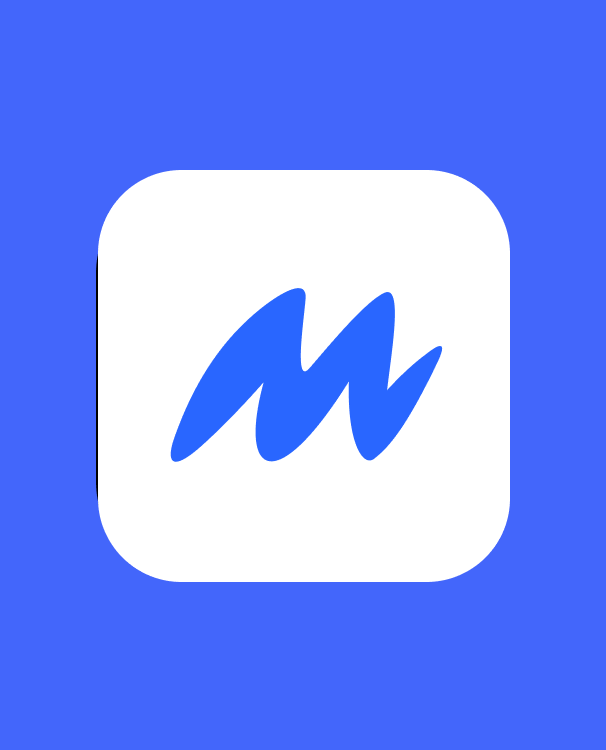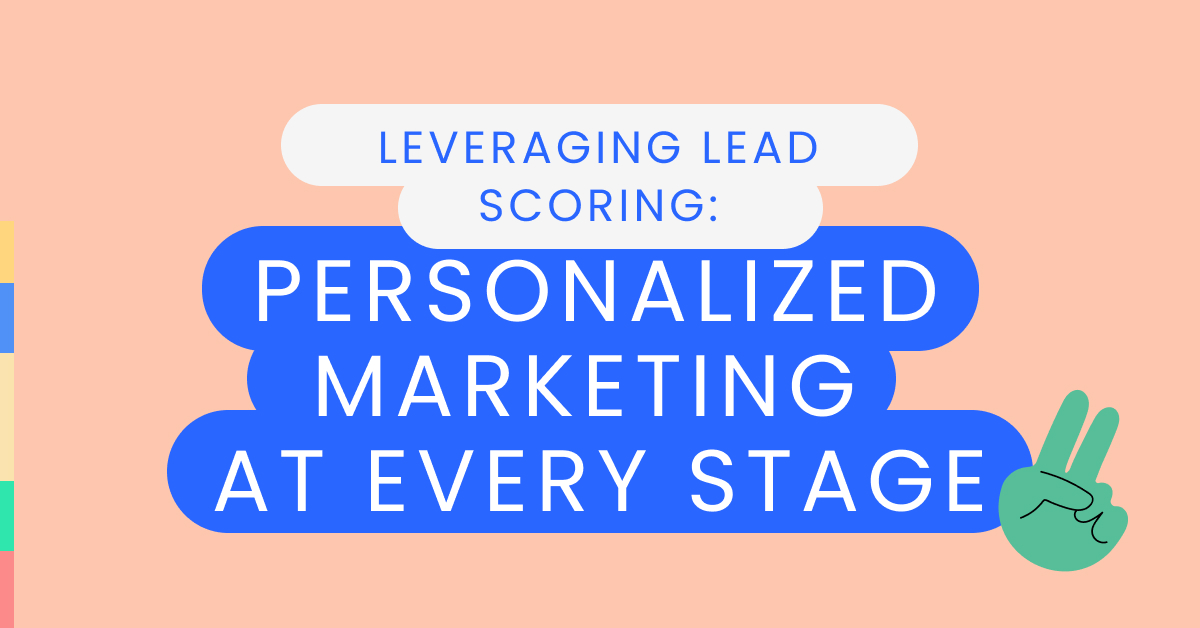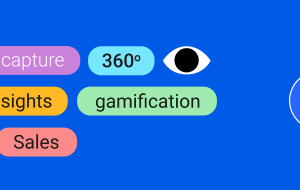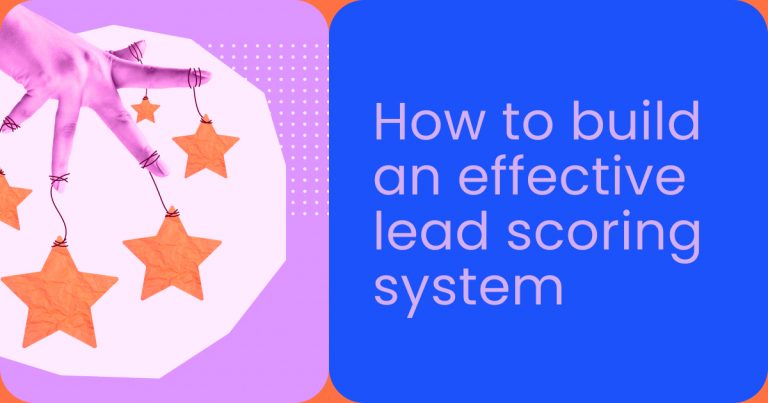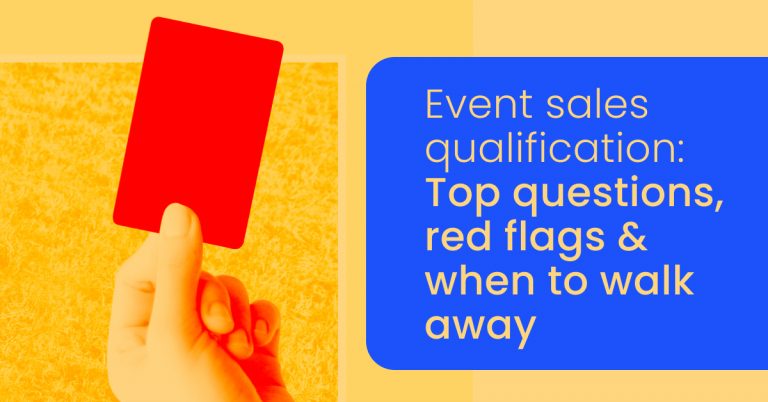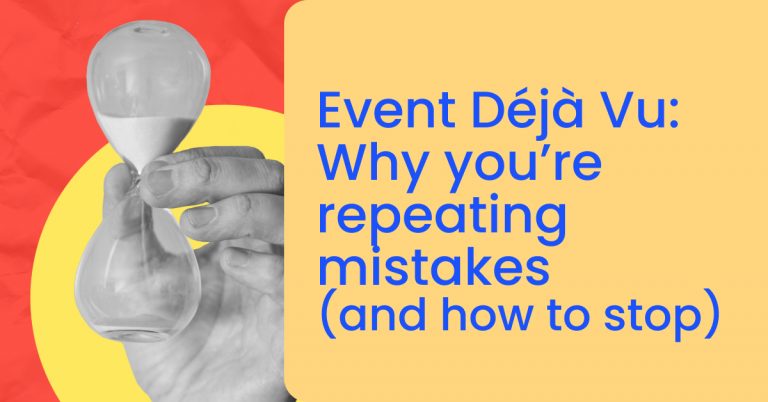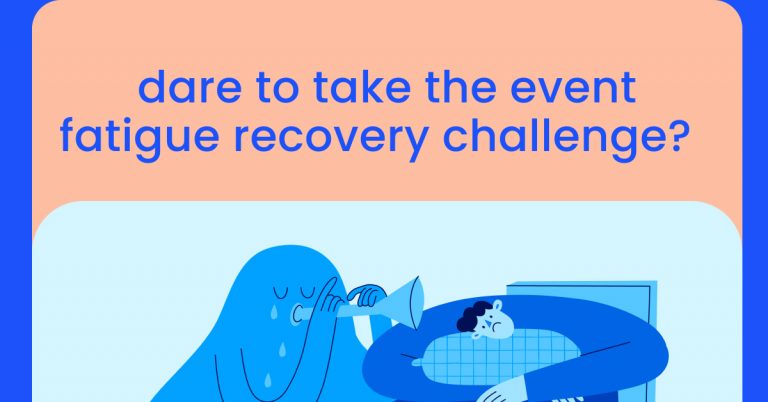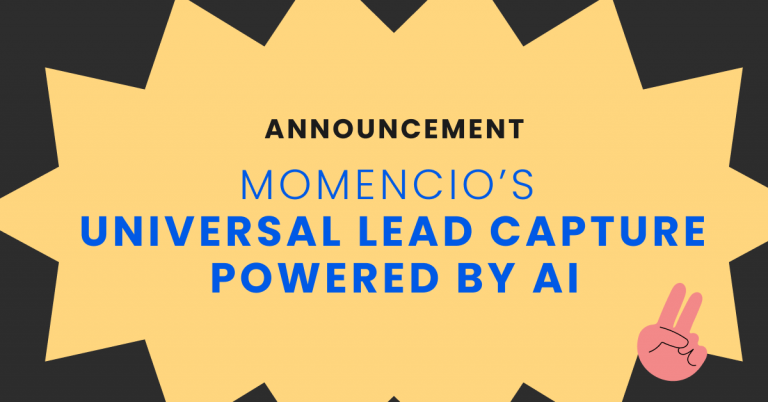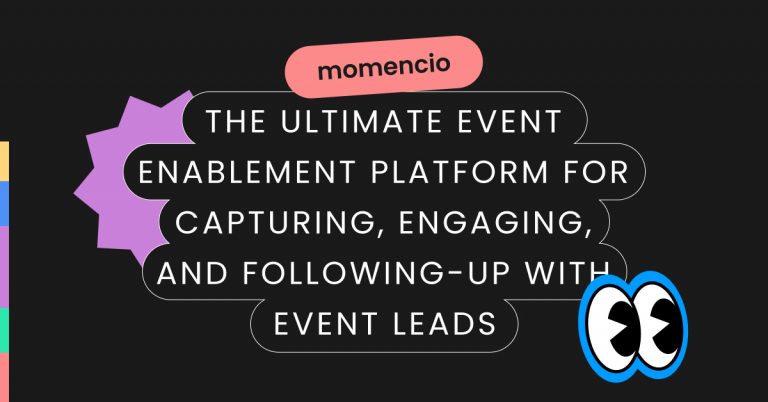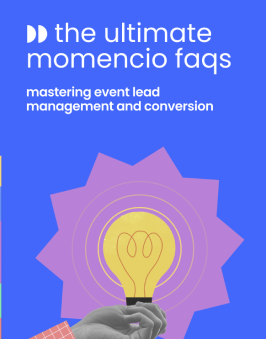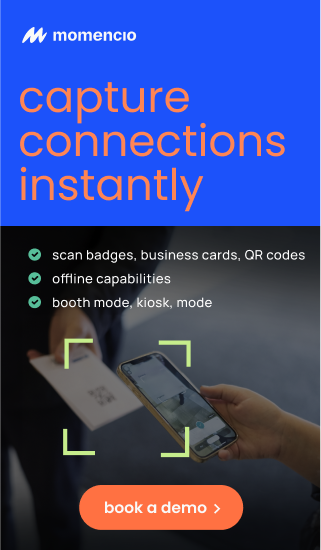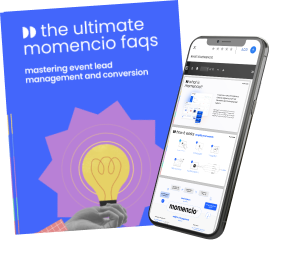Leveraging Lead Scoring: Effective marketing hinges on the ability to connect with potential customers in a meaningful way. One of the most powerful strategies for achieving this is leveraging lead scoring to personalize marketing efforts at every stage. Research shows that companies that excel at lead nurturing generate 50% more sales-ready leads at a 33% lower cost. By utilizing lead scoring, businesses can better prioritize leads, tailor their communication, and ultimately enhance their marketing ROI.
Lead scoring is a dynamic process that assigns values to leads based on their behavior, engagement, and demographic attributes. This systematic approach enables marketers to focus on high-priority leads, ensuring that their efforts are directed toward prospects with the highest potential for conversion. With an increasing emphasis on personalized marketing, understanding and implementing lead scoring is more crucial than ever.
Understanding Lead Scoring: The Basics
Definition and Importance
Lead scoring is a method used by marketing and sales teams to rank prospects against a scale that represents the perceived value each lead represents to the organization. This value is often based on the lead’s behavior, such as their engagement with marketing materials and their demographic information. The higher the score, the more likely the lead is to convert into a customer.
The importance of lead scoring must be balanced. It allows businesses to:
- Prioritize Leads: By identifying which leads are most likely to convert, sales teams can focus their efforts on high-value prospects, ensuring efficient use of resources.
- Personalize Marketing Efforts: Tailored marketing campaigns can be developed based on the lead scores, improving engagement and conversion rates.
- Align Sales and Marketing: Lead scoring creates a common language and criteria for sales and marketing teams, fostering better collaboration and understanding.
Key Benefits for Marketers
- Improved Efficiency: Lead scoring helps marketing teams to efficiently allocate their resources by focusing on leads that are more likely to convert. This not only saves time but also ensures that marketing efforts yield better results.
- Enhanced Personalization: By understanding the behavior and characteristics of high-scoring leads, marketers can create more personalized and targeted campaigns. This can significantly increase engagement and conversion rates.
- Better Sales and Marketing Alignment: Lead scoring creates a standardized approach to evaluating leads, ensuring that both sales and marketing teams are on the same page. This alignment is crucial for seamless lead handoff and effective follow-up strategies.
- Increased ROI: Companies that implement lead scoring typically see higher returns on their marketing investments. By focusing on leads with a higher likelihood of conversion, businesses can achieve better sales outcomes with less effort and expenditure.
- Actionable Insights: Lead scoring provides valuable insights into which marketing activities are driving the most engagement and conversions. This data can be used to refine and optimize marketing strategies continuously.
Read more about what lead scoring is and how to optimize your event marketing with lead scoring.
Implementing Lead Scoring in Your Marketing Strategy
Steps to Develop an Effective Lead Scoring Model
- Define Your Ideal Customer Profile (ICP): Start by identifying the key characteristics and behaviors of your ideal customers. This includes demographic information (such as job title, company size, and industry) and behavioral data (such as website visits, email opens, and social media interactions).
- Assign Point Values: Based on your ICP, assign point values to various attributes and behaviors. For example, a lead from a target industry might receive more points than one from a non-target sector. Similarly, a lead who has visited your pricing page may receive more points than one who has just visited the blog.
- Set Thresholds: Determine the score thresholds that indicate different stages of lead readiness. For instance, a score above a certain threshold might indicate a marketing-qualified lead (MQL), while a higher threshold might indicate a sales-qualified lead (SQL).
- Integrate with Your CRM: Ensure that your lead scoring model is integrated with your CRM system. This allows for seamless tracking and management of leads as they move through the sales funnel.
- Regularly Review and Adjust: Continuously monitor the effectiveness of your lead scoring model and make adjustments as needed. This includes analyzing which scores are most predictive of conversion and refining your criteria accordingly.
Tools and Technologies for Lead Scoring
- CRM Systems: Platforms like Salesforce and HubSpot offer built-in lead scoring functionalities that can be customized to fit your specific needs.
- Marketing Automation Software: Tools like Marketo and Pardot provide advanced lead scoring capabilities, allowing you to automate the process and ensure real-time updates.
- Analytics Platforms: Integrating analytics tools like Google Analytics with your CRM can provide deeper insights into lead behavior, enhancing your lead scoring accuracy.
- AI and Machine Learning: Advanced tools that leverage AI and machine learning can analyze large datasets to identify patterns and optimize lead scoring models.
Learn more about How AI can transform Lead Scoring for Event Marketers.
By leveraging these tools and technologies, businesses can implement effective lead scoring models that drive better marketing and sales outcomes.
Personalized Marketing: Tailoring Engagement Based on Lead Scores
Customizing Content and Communication
Personalized marketing is all about delivering the right message to the right person at the right time. Lead scoring plays a crucial role in this process by identifying which leads are most likely to engage with your content and convert into customers. Here’s how you can tailor your marketing efforts based on lead scores:
- Segmenting Your Audience: Use lead scores to segment your audience into different groups based on their engagement and readiness to purchase. For example:
- High-scoring leads may receive more direct sales content.
- Medium-scoring leads might benefit from educational content that nurtures them further down the funnel.
- Low-scoring leads can be placed in a long-term nurture campaign to keep them engaged over time.
- Personalizing Email Campaigns: Create personalized email campaigns that address the specific needs and interests of each segment. This can include:
- Personalized subject lines and greetings.
- Content that reflects their past interactions with your brand.
- Product recommendations based on their behavior and preferences.
- Tailored calls-to-action that guide them to the next step in their buyer’s journey.
- Dynamic Website Content: Implement dynamic content on your website that changes based on the lead’s score. For example:
- High-scoring leads might see more detailed product information and offers.
- Medium-scoring leads could be shown through case studies and testimonials to build trust.
- Low-scoring leads might encounter introductory content that educates them about your brand and offerings.
- Targeted Advertising: Use lead scores to create more effective retargeting campaigns. For instance:
- Show high-scoring lead ads for a free trial or demo.
- Display content-rich ads to medium-scoring leads to keep them engaged.
- Use awareness ads for low-scoring leads to increased brand recognition.
Read more about how to Personalize Lead Scoring: Implementation Strategies with Examples
Using Data for Personalized Experiences
Leveraging data is critical to creating personalized experiences that resonate with your audience. Here’s how you can use data to enhance personalization:
- Behavioral Data: Track and analyze the behavior of your leads, such as website visits, content downloads, and social media interactions. Use this data to understand their interests and tailor your messaging accordingly.
- Demographic Data: Collect demographic information, such as job title, company size, and industry, to further refine your targeting. For example, a lead from a large enterprise might receive different content than one from a small startup.
- Interaction Data: Monitor how leads interact with your marketing efforts, such as email opens, click-through rates, and event attendance. This data can help you identify which leads are most engaged and ready to move to the next stage of the funnel.
- Feedback and Surveys: Collect feedback from your leads through surveys and direct interactions. This qualitative data can provide deeper insights into their needs and preferences, allowing for more accurate personalization.
Case Study: Personalization in Action
Consider a B2B software company that implemented lead scoring to enhance its personalized marketing efforts. By analyzing lead behavior and demographics, the company was able to segment its audience into three distinct groups: highly engaged prospects, moderately interested leads, and low-engagement contacts.
- Highly Engaged Prospects: These leads received personalized emails with detailed product information, invitations to exclusive webinars, and direct calls from sales representatives.
- Moderately Interested Leads: This group was nurtured with educational content, such as blog posts and case studies, along with occasional promotional offers.
- Low-Engagement Contacts: These leads were included in long-term drip campaigns featuring introductory content and general brand messaging.
As a result, the company saw a 40% increase in email open rates and a 25% increase in conversion rates. By leveraging lead scoring, they were able to deliver more relevant content and effectively guide leads through the sales funnel.
Leveraging Lead Scoring in Event Marketing
Enhancing Attendee Engagement
Events provide a unique opportunity to interact with potential customers in a more personal and engaging way. By leveraging lead scoring, you can maximize the impact of your event marketing efforts:
- Pre-Event Engagement: Use lead scores to identify high-potential attendees before the event. Send personalized invitations and exclusive content to these leads to build anticipation and ensure they attend your sessions.
- On-Site Engagement: During the event, use lead scoring to prioritize your interactions. Focus on high-scoring leads for one-on-one meetings, personalized demos, and VIP experiences. This ensures that your most valuable prospects receive the attention they deserve.
- Interactive Elements: Incorporate interactive elements, such as live polls, quizzes, and gamified experiences, to engage attendees and gather more data. Use this information to update lead scores in real time and tailor your follow-up strategies accordingly.
Post-Event Follow-Up Strategies
The real value of event marketing lies in the follow-up. Here’s how you can use lead scoring to optimize your post-event follow-up strategies:
- Immediate Follow-Up: Prioritize high-scoring leads for immediate follow-up. Send personalized thank-you emails, schedule follow-up calls, and provide additional resources based on their interactions during the event.
- Targeted Content: Use lead scores to send targeted content to different segments. For example, high-scoring leads might receive detailed product information, while medium-scoring leads get educational content to nurture them further.
- Ongoing Nurture Campaigns: Develop long-term nurture campaigns for lower-scoring leads to keep them engaged. Share regular updates, industry insights, and relevant content to maintain their interest and move them through the funnel over time.
By leveraging lead scoring in event marketing, you can ensure that your efforts are focused on the most promising prospects, leading to higher engagement and better conversion rates.
For a comprehensive look at momencio’s lead scoring capabilities, explore our detailed article on advanced lead scoring mechanisms: how momencio prioritizes and enhances lead engagement.
Personalized Marketing: Tailoring Engagement Based on Lead Scores
Customizing Content and Communication
Personalized marketing is all about delivering the right message to the right person at the right time. Lead scoring plays a crucial role in this process by identifying which leads are most likely to engage with your content and convert into customers. Here’s how you can tailor your marketing efforts based on lead scores:
- Segmenting Your Audience: Use lead scores to segment your audience into different groups based on their engagement and readiness to purchase. For example:
- High-scoring leads may receive more direct sales content.
- Medium-scoring leads might benefit from educational content that nurtures them further down the funnel.
- Low-scoring leads can be placed in a long-term nurture campaign to keep them engaged over time.
- Personalizing Email Campaigns: Create personalized email campaigns that address the specific needs and interests of each segment. This can include:
- Personalized subject lines and greetings.
- Content that reflects their past interactions with your brand.
- Product recommendations based on their behavior and preferences.
- Tailored calls-to-action that guide them to the next step in their buyer’s journey.
- Dynamic Website Content: Implement dynamic content on your website that changes based on the lead’s score. For example:
- High-scoring leads might see more detailed product information and offers.
- Medium-scoring leads could be shown case studies and testimonials to build trust.
- Low-scoring leads might encounter introductory content that educates them about your brand and offerings.
- Targeted Advertising: Use lead scores to create more effective retargeting campaigns. For instance:
- Show high-scoring leads ads for a free trial or demo.
- Display content-rich ads to medium-scoring leads to keep them engaged.
- Use awareness ads for low-scoring leads to increase brand recognition.
Using Data for Personalized Experiences
Leveraging data is critical to creating personalized experiences that resonate with your audience. Here’s how you can use data to enhance personalization:
- Behavioral Data: Track and analyze the behavior of your leads, such as website visits, content downloads, and social media interactions. Use this data to understand their interests and tailor your messaging accordingly.
- Demographic Data: Collect demographic information, such as job title, company size, and industry, to further refine your targeting. For example, a lead from a large enterprise might receive different content than one from a small startup.
- Interaction Data: Monitor how leads interact with your marketing efforts, such as email opens, click-through rates, and event attendance. This data can help you identify which leads are most engaged and ready to move to the next stage of the funnel.
- Feedback and Surveys: Collect feedback from your leads through surveys and direct interactions. This qualitative data can provide deeper insights into their needs and preferences, allowing for more accurate personalization.
Case Study: Personalization in Action
Consider a B2B software company that implemented lead scoring to enhance its personalized marketing efforts. By analyzing lead behavior and demographics, the company was able to segment its audience into three distinct groups: highly engaged prospects, moderately interested leads, and low-engagement contacts.
- Highly Engaged Prospects: These leads received personalized emails with detailed product information, invitations to exclusive webinars, and direct calls from sales representatives.
- Moderately Interested Leads: This group was nurtured with educational content, such as blog posts and case studies, along with occasional promotional offers.
- Low-Engagement Contacts: These leads were included in long-term drip campaigns featuring introductory content and general brand messaging.
As a result, the company saw a 40% increase in email open rates and a 25% increase in conversion rates. By leveraging lead scoring, they were able to deliver more relevant content and effectively guide leads through the sales funnel.
Leveraging Lead Scoring in Event Marketing
Enhancing Attendee Engagement
Events provide a unique opportunity to interact with potential customers in a more personal and engaging way. By leveraging lead scoring, you can maximize the impact of your event marketing efforts:
- Pre-Event Engagement: Use lead scores to identify high-potential attendees before the event. Send personalized invitations and exclusive content to these leads to build anticipation and ensure they attend your sessions.
- On-Site Engagement: During the event, use lead scoring to prioritize your interactions. Focus on high-scoring leads for one-on-one meetings, personalized demos, and VIP experiences. This ensures that your most valuable prospects receive the attention they deserve.
- Interactive Elements: Incorporate interactive elements, such as live polls, quizzes, and gamified experiences, to engage attendees and gather more data. Use this information to update lead scores in real time and tailor your follow-up strategies accordingly.
Read about the power of lead scoring in managing multi-channel event marketing efforts.
Post-Event Follow-Up Strategies
The real value of event marketing lies in the follow-up. Here’s how you can use lead scoring to optimize your post-event follow-up strategies:
- Immediate Follow-Up: Prioritize high-scoring leads for immediate follow-up. Send personalized thank-you emails, schedule follow-up calls, and provide additional resources based on their interactions during the event.
- Targeted Content: Use lead scores to send targeted content to different segments. For example, high-scoring leads might receive detailed product information, while medium-scoring leads get educational content to nurture them further.
- Ongoing Nurture Campaigns: Develop long-term nurture campaigns for lower-scoring leads to keep them engaged. Share regular updates, industry insights, and relevant content to maintain their interest and move them through the funnel over time.
Read more about the Top 5 Post-Event Engagement Mistakes Event Planners Make and How to Avoid Them and 6 Ways to Maintain Momentum After Your Event
By leveraging lead scoring in event marketing, you can ensure that your efforts are focused on the most promising prospects, leading to higher engagement and better conversion rates.
Integrating CRM and Lead Scoring for Seamless Marketing Automation
Benefits of CRM Integration
Integrating lead scoring with a Customer Relationship Management (CRM) system brings numerous benefits, enhancing the efficiency and effectiveness of your marketing and sales efforts. Here are some key advantages:
- Centralized Data Management: By integrating lead scoring with your CRM, all lead information is stored in one centralized location. This ensures that both marketing and sales teams have access to the same data, leading to better collaboration and more informed decision-making.
- Enhanced Lead Tracking: CRM integration allows for real-time tracking of lead activities and interactions. This provides a comprehensive view of each lead’s journey, helping you to identify patterns and trends that can inform your marketing strategies.
- Streamlined Communication: With integrated systems, you can automate communication workflows based on lead scores. This ensures timely and personalized follow-ups, improving the chances of conversion.
- Improved Lead Nurturing: CRM systems can automatically adjust lead nurturing campaigns based on updated lead scores. This means that as leads engage with your content and move through the funnel, they receive the most relevant information at each stage.
- Accurate Sales Forecasting: By combining lead scores with CRM data, you can generate more accurate sales forecasts. This helps in resource allocation and planning, ensuring that your sales team is focused on the most promising opportunities.
Do you know Why your salespeople struggle to enter notes in CRM after an event?
Streamlining Lead Management
Effective lead management is crucial for maximizing the potential of your marketing efforts. Here’s how integrating lead scoring with your CRM can streamline lead management:
- Automated Lead Assignment: Leads can be automatically assigned to the appropriate sales representatives based on their scores. This ensures that high-priority leads receive immediate attention, increasing the likelihood of conversion.
- Personalized Sales Outreach: Sales teams can access detailed lead profiles, including their scores and engagement history. This enables them to tailor their outreach efforts, making interactions more relevant and effective.
- Dynamic Lead Scoring: Integration allows for dynamic lead scoring, where scores are updated in real time based on lead behavior and interactions. This ensures that your scoring model remains accurate and reflective of current engagement levels.
- Lead Segmentation: Use CRM data to segment leads into different categories based on their scores. This allows for more targeted marketing campaigns and ensures that each lead receives the most appropriate content.
- Performance Analytics: Track the performance of your lead scoring and CRM integration efforts through detailed analytics. This helps identify areas for improvement and optimize your strategies for better results.
Case Study: CRM and Lead Scoring Integration
Consider a mid-sized B2B company that integrated lead scoring with its CRM system to streamline its lead management process. Before the integration, the company needed help with disjointed data, inefficient lead assignment, and inconsistent follow-ups. By integrating their lead scoring model with Salesforce, they achieved the following:
- Improved Lead Qualification: Leads were automatically scored and segmented, allowing the sales team to focus on high-priority prospects.
- Enhanced Sales Efficiency: Sales representatives received real-time updates on lead activities and scores, enabling more personalized and timely outreach.
- Better Conversion Rates: With automated and tailored follow-ups, the company saw a 30% increase in lead-to-customer conversion rates.
- Actionable Insights: Detailed analytics provided insights into lead behavior, helping the marketing team refine their strategies and improve overall performance.
Measuring Success: KPIs and Metrics for Lead Scoring and Personalized Marketing
Essential Metrics to Track
Measuring the success of your lead scoring and personalized marketing efforts is crucial for continuous improvement. Here are some key performance indicators (KPIs) and metrics to track:
- Lead Conversion Rate: This metric measures the percentage of leads that convert into customers. A higher conversion rate indicates the effectiveness of your lead scoring model and personalized marketing efforts.
- Lead Engagement Score: Track how engaged your leads are with your content and communications. This can include metrics such as email open rates, click-through rates, and website visits.
- Customer Acquisition Cost (CAC): Calculate the total cost of acquiring a new customer. Lower CAC indicates more efficient use of marketing and sales resources.
- Customer Lifetime Value (CLV): Measure the total revenue a customer is expected to generate over their lifetime. Higher CLV suggests successful lead nurturing and customer retention strategies.
- Sales Cycle Length: Track the average time it takes for a lead to move through the sales funnel and become a customer. A shorter sales cycle indicates more efficient lead management.
- Return on Marketing Investment (ROMI): Calculate the revenue generated from your marketing efforts relative to the cost. Higher ROMI indicates more effective marketing strategies.
- Lead Scoring Accuracy: Regularly assess the accuracy of your lead scoring model by comparing lead scores with actual conversion rates. This helps refine and optimize your scoring criteria.
Check out 5 tips for developing effective lead scoring criteria for your event leads.
Analyzing Data for Continuous Improvement
Analyzing data from your lead scoring and personalized marketing efforts is essential for continuous improvement. Here’s how to effectively use this data:
- Regular Reviews: Conduct regular reviews of your lead scoring model and marketing campaigns to identify areas for improvement. Use data-driven insights to make informed adjustments.
- A/B Testing: Experiment with different lead scoring criteria and personalized marketing tactics through A/B testing. This helps determine what works best for your audience.
- Feedback Loop: Establish a feedback loop between your marketing and sales teams. Regularly share insights and performance data to ensure both teams are aligned and can collaborate on strategy refinements.
- Predictive Analytics: Use predictive analytics to identify trends and patterns in your lead data. This can help in anticipating future behaviors and optimizing your lead scoring model accordingly.
- Continuous Learning: Stay updated with the latest trends and best practices in lead scoring and personalized marketing. Regularly attend industry webinars, read relevant articles, and participate in professional networks.
By tracking these metrics and continuously analyzing data, you can refine your lead scoring and personalized marketing strategies to achieve better results.
Conclusion
Incorporating lead scoring into your marketing strategy is essential for achieving personalized marketing at every stage of the customer journey. By understanding the fundamentals of lead scoring, implementing effective models, and leveraging CRM integration, businesses can enhance their marketing efforts, improve lead management, and drive better conversion rates. Regularly tracking and analyzing key performance metrics ensures continuous improvement and optimization of your strategies.
Ready to revolutionize your event marketing strategy and lead management process? Discover how momencio can help you leverage lead scoring and personalized marketing to maximize your event ROI. Book a demo today to see how our platform can transform your marketing efforts.
Interesting Facts from Research
- Lead Scoring Increases Efficiency: According to MarketingSherpa, companies that use lead scoring see a 77% increase in lead generation ROI.
- Higher Conversion Rates: Research by Forrester found that organizations that excel at lead nurturing generate 50% more sales-ready leads at a 33% lower cost.
- Improved Sales and Marketing Alignment: A study by Marketo shows that businesses with strong sales and marketing alignment achieve a 20% annual growth rate, compared to 4% for those without alignment.
- Personalized Emails Drive Engagement: Epsilon’s research indicates that personalized emails improve click-through rates by an average of 14% and conversion rates by 10%.
- CRM Integration Boosts Performance: According to Nucleus Research, integrating CRM with marketing automation increases sales productivity by 14.5% and improves sales forecast accuracy by 36%.
FAQs
- What is lead scoring, and why is it important?
- Lead scoring is a method used to rank leads based on their potential value to the business. It is important because it helps prioritize leads, enabling sales and marketing teams to focus on high-potential prospects, thereby improving conversion rates and efficiency.
- How do I develop an effective lead scoring model?
- To develop an effective lead scoring model, define your ideal customer profile, assign point values to various attributes and behaviors, set thresholds for lead readiness, integrate with your CRM, and regularly review and adjust the model based on performance data.
- How can lead scoring enhance personalized marketing?
- Lead scoring allows marketers to tailor content and communication based on the lead’s score. High-scoring leads receive direct sales content, while lower-scoring leads are nurtured with educational material. This ensures that each lead gets relevant information, improving engagement and conversion rates.
- What are the benefits of integrating CRM with lead scoring?
- Integrating CRM with lead scoring centralizes data management, enhances lead tracking, streamlines communication, improves lead nurturing, and provides accurate sales forecasting. This integration ensures that marketing and sales teams are aligned and working efficiently.
- How do I measure the success of my lead scoring efforts?
- Measure the success of your lead scoring efforts by tracking key performance indicators such as lead conversion rate, lead engagement score, customer acquisition cost, customer lifetime value, sales cycle length, return on marketing investment, and lead scoring accuracy.
